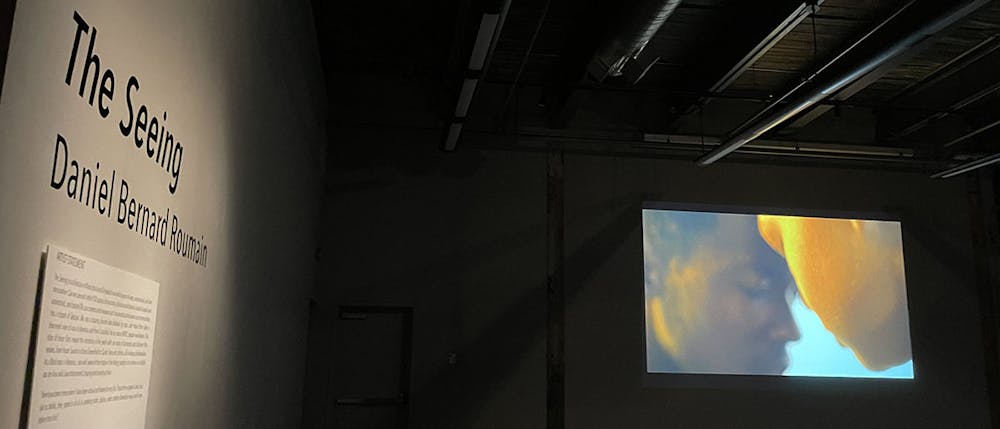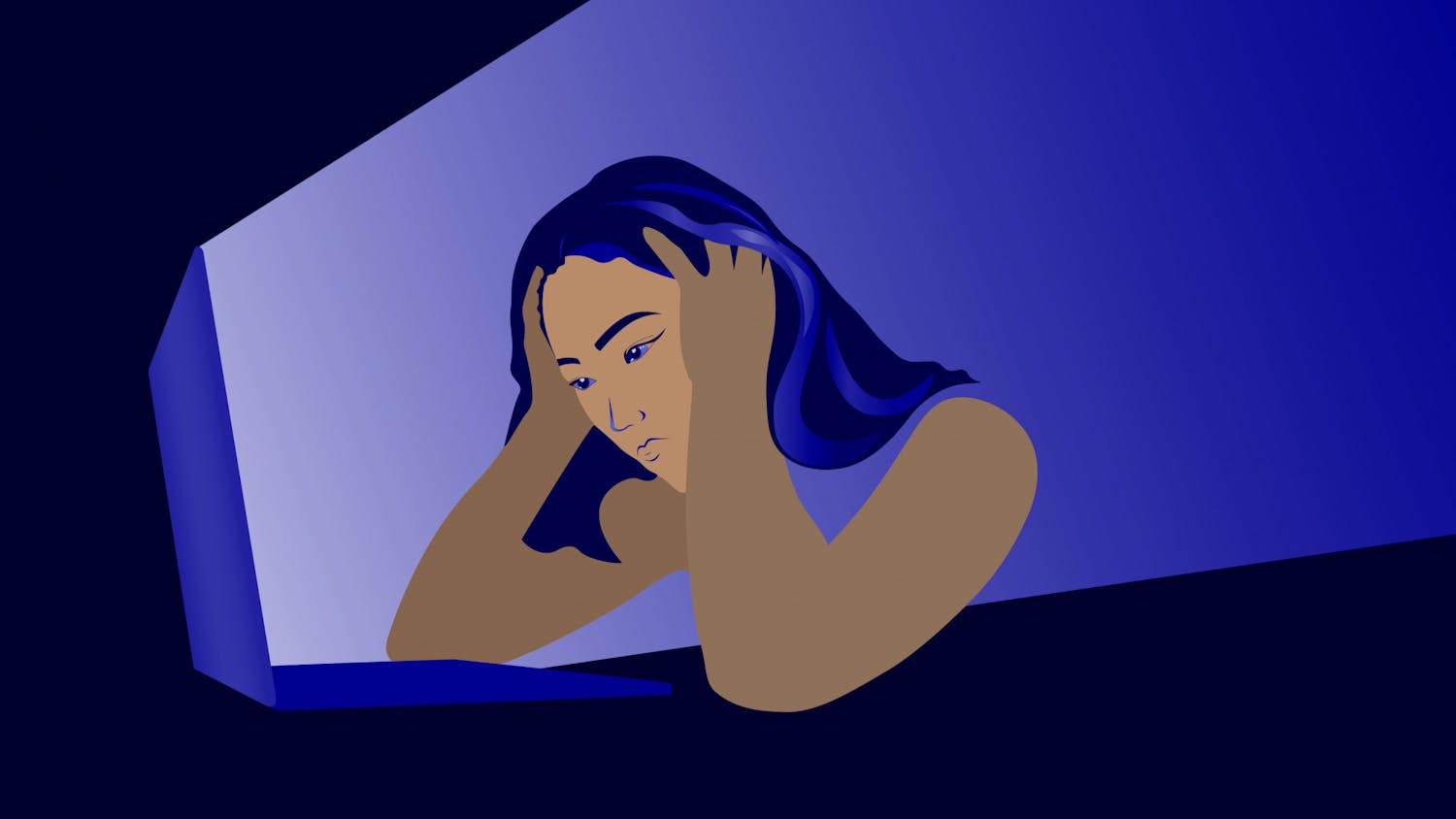As part of a long-standing collaboration with renowned violinist and composer Daniel Bernard Roumain, Providence-based art initiative FirstWorks put on his newest multimedia project “The Seeing” at the WaterFire Arts Center. “The Seeing” is a month-long video exhibition featuring six films all scored by Roumain running through Feb. 6.
The exhibit’s films all explore different facets of race in America. The subjects of the films range from the Tulsa Race Massacre in “They Still Want to Kill Us” to the school-to-prison pipeline in “About Face.” In “Fear,” a spoken word element is used to address police violence, while “I Have Nothing to do Except Love” handles mental health with lyricism. “Requiem, for the Living in Color,” the longest of the films at just over 30 minutes, addresses modern day race and historical civil rights issues. “Our Country,” a reinterpretation of the famous song “My Country ’Tis of Thee,” further highlights race-based violence.
The films are all projected back-to-back on a loop in a single room in the WaterFire Arts Center gallery. The contents blend archival footage compilations — both contemporary and historical — with scenes of Roumain and various collaborators either playing or singing their music. The music is featured over several backgrounds, including a projection of police sirens, which draw upon all periods of American history. In some films, police brutality over the past decade are paired with images of the 1960s civil rights movement. The styles of music accompanying the films range from traditional orchestral pieces to opera to distorted electronic sounds and vocal music that is similar to that of the songs of the Underground Railroad.
In his artist statement, Roumain wrote, “ ‘The Seeing’ is a collection of films that are all related to our willingness to hear, understand and love one another. Can we see each other? Of course, for so many, division and hatred is what is heard and understood, and hatred fills our screens and airwaves as it surrounds and drowns our communities into a chasm of despair.”
Prior to the opening of the exhibition, WaterFire Arts Center and FirstWorks held a town hall where Roumain spoke about his process creating the exhibition and answered questions.
“What fuels me, what inspires me is this notion of what I call a shared radical morality,” Roumain said. “That’s what I’m working towards. Can we get to a place as a community, as a country, perhaps as a world, that we have a shared radical morality?”
Kathleen Pletcher, executive artistic director of FirstWorks spoke to the importance of the exhibition.
“There is so much that is coming forward that can lead to significant change,” she said. Roumain’s films “bring us together to talk about our differences and find common ground.”
Pletcher said that art in the community can be “a vital core that we can gather around,” especially when the art relates to social issues.
Roumain and FirstWorks will continue their collaboration with the debut of “The Telling,” which features stories of “anger, anguish and enduring hope.” The exhibit will open Sept. 29 at the WaterFire Arts Center.

Finn Kirkpatrick is an arts & culture editor. He is a junior from Los Angeles, California studying Comparative Literature who likes to review movies and other things of that sort.





